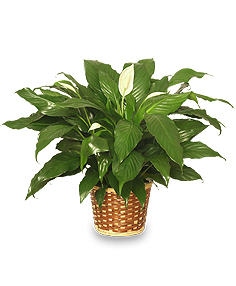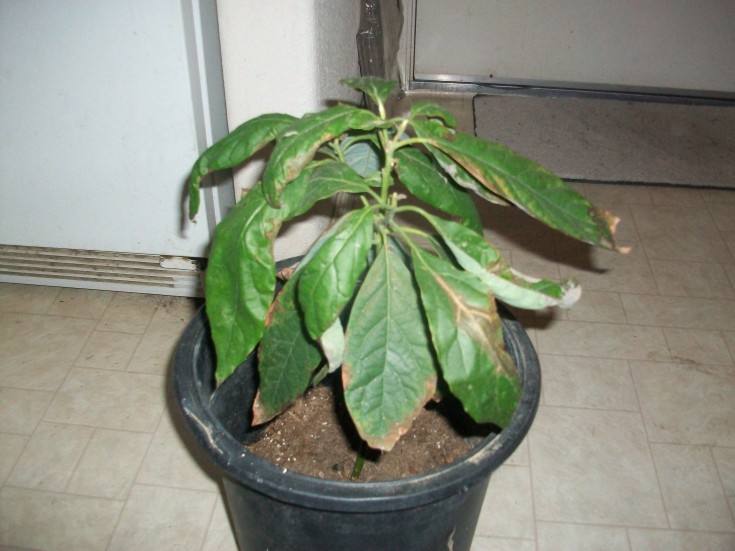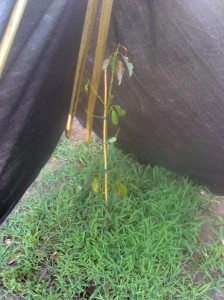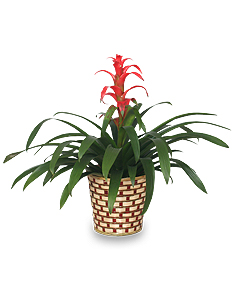Ask The Plant Expert:
Hello, I bought a 2 year old avocado tree and transplanted it to a larger pot about 3 months ago, and the plant looked perfect. Now 3 months later I am getting these spots on the plant…
It is planted in a large pot and on one of the pictures you can see where the main middle stalk has died, but the other stalks off of the main are alive. It is potted (extra large pot) in miracle grow moisture control soil and I water once a week. No rain since the issue began. I live in Houston, Texas and the temp is high 79° and low of 46° right now. I am presently spraying Bonine copper fungicide, and Bonine neem oil on the plant once every 7 days. The moisture has been extremely high at night and foggy. Can you possibly tell me what this is? -Michael
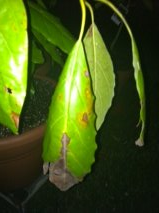
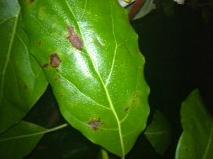



 Find Your
Find Your 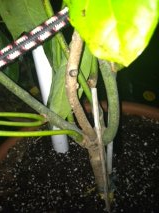
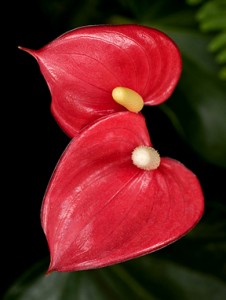 they need a lot of water and humidity. It is a good idea to mist your anthurium every day and keep watering every other day. You can also keep your anthurium on a tray of pebbles with water to increase moisture and humidity.
they need a lot of water and humidity. It is a good idea to mist your anthurium every day and keep watering every other day. You can also keep your anthurium on a tray of pebbles with water to increase moisture and humidity.